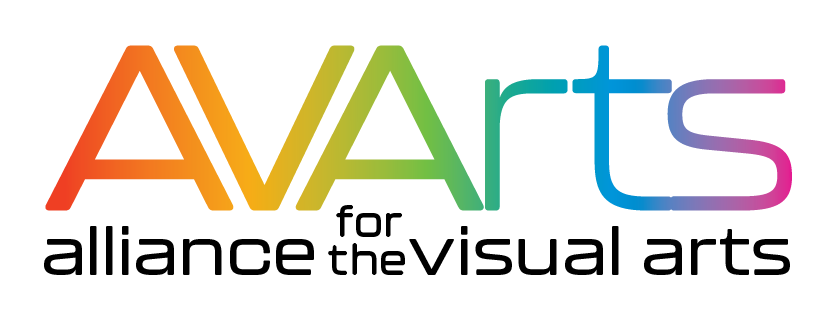Successful Art Festival Guidelines
Art in the Vineyard 2010
Successful art festivals don't just happen because you set up a booth but are dependent on a number of factors, including enticing, professional work, attention to the show audience, experience doing art festivals and an attractive booth layout.
Below are some guidelines for success at art festivals but remember they are simply that - guidelines. Successful art shows are as individual as the artist and the art they display. No one solution works for everyone. For more ideas on success, talk to your fellow artists who do art festivals. Most artists are happy to help their fellow artists succeed.
Art Festival Guidelines
- If you are selling high-end art at a top price then provide a professional level display that goes beyond one that screams rummage sale.
- Layout should provide clarity not only on what you are selling but reflect the vibe of the work. Visitors should take in at a glance if you are selling high-end original landscape paintings or fun and funky jewelry.
- Artists selling multiple types of art, say paintings in different styles, should consider displaying only one type of art or really think out their display so the work looks cohesive. Ditto on mixed subjects. A photographer selling both landscape and flower pictures should have a clean layout to attract customers interested in the different types of work.
- Sometimes multiple artists will share a booth. In this case booth layout should be discussed with all artists before the morning of show set up so that a cohesive look and feel is achieved.
- Be clutter free – don’t display everything you have ever created. A crowded display can be confusing to the viewer. Present your best work that will appeal to the potential customers visiting the show.
- Subject and price point should suit the show. A small farmer’s market set up should attract pocket change while a larger art festival should draw attention with higher end work.
- If you use a canopy at your shows, use one with a white top so you don’t get a color cast on your artwork. If you don’t use a canopy, bring an umbrella to sit under. Spring, summer and fall can be warm to toasty hot in the Tri-Valley and there is no guarantee that your booth location will have shade all day.
- If you bring your artwork in containers, and most artists do haul their work in tubs, either hide or remove the tubs from your booth before the show starts.
- Wear clothes and shoes that you are comfortable in but do think about the impression you present while selling art. Jeans and a tank top are fine if you are selling work at a farmer’s market but you might want to dress it up a little if you are trying to sell your high end work at an art festival. If you sell wearable art such as jewelry, scarves, etc., consider wearing a sample of something you have made.
- Should you only display expensive pieces at larger art festivals or should there be a mix of higher and lower priced items? The great debate on this issue rages on. Realistically, the art market in the Tri-Valley doesn’t always command a high price point and having some small ticket items allow an artist to cover show costs and still make a profit.
- Don't sit in a corner but interact with show patrons. When someone walks into your booth, introduce yourself in a friendly way so people feel comfortable approaching you if they have questions. If someone looks interested in a piece, talk to them about the work, perhaps why you created the work or the technique used.
- Many shows encourage artists to demonstrate their work as a way to draw in potential customers. Most artists who have tried demonstrating during shows agree demonstrating draws the wrong crowd, usually fellow artists or casual viewers more interested in entertainment and this takes your focus off of potential paying customers. Of course, if you are doing shows to attract students for classes or your priority isn't selling your art, then demonstrating your work is a wonderful idea.
- Not all artist's measure success by how many sales they make at an art festival but by how many people they share their work with, how many commissions and/or after show sales they get or how many new students sign up for their classes.
- Displaying work at art festival is never perfect. Be flexible and experiment and learn with each show.

